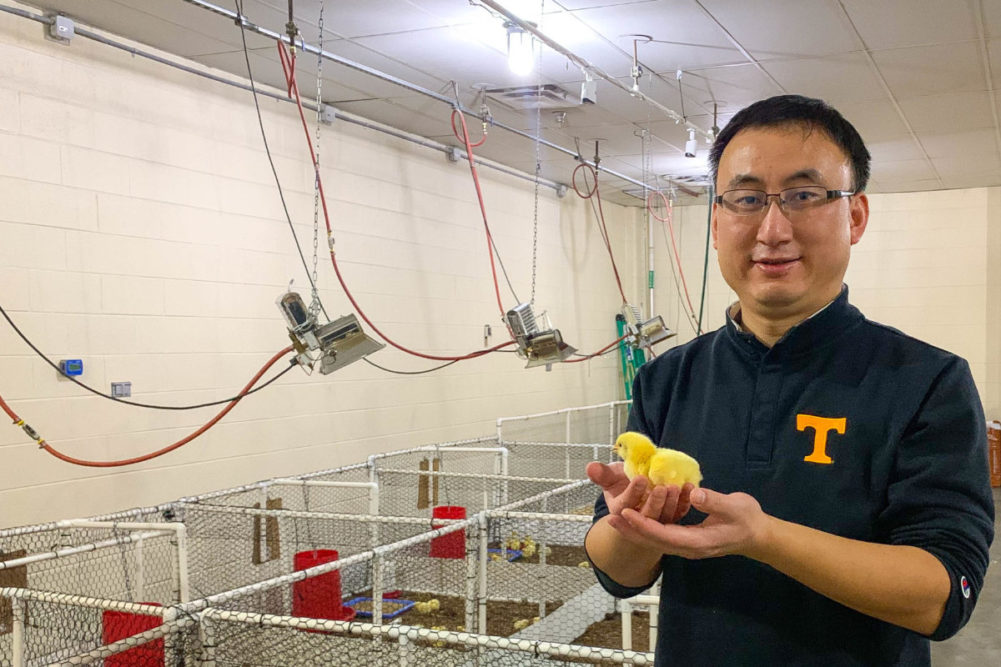KNOXVILLE, TENN. – The University of Tennessee Institute of Agriculture recently announced that a research team was awarded $1 million to create and implement a computer vision system to monitor poultry production.
The grant for this research was funded by the Agriculture and Food Research Initiative, a competitive grants program of the USDA National Institute of Food and Agriculture.
Precision livestock farming (PLF) systems have been used on larger animals to monitor activity, agitation, and other animal stress and welfare indications. However, the Tennessee researchers said that monitoring poultry has proven to be more difficult with smaller animals and higher populations in systems.
This project from Tennessee involves creating a computer vision system to track animal-based measures (ABMs) for poultry in real time.
Using light-weight deep learning and algorithms to identify individual birds, the program will track welfare-related comfort behaviors like stretching, preening and dustbathing as well as production-related behaviors like eating and drinking. The researchers will then develop a benchmark database with detailed notes on the birds’ behaviors.
The artificial intelligence and video image analysis will allow researchers to examine the poultry’s animal-based measures with management factors and collect baseline data. Researchers estimated that it cost would be $2,500 per house.
“Despite strong interest in PLF for poultry farming across the world, few systems have been developed for the commercial production environments,” said Yang Zhao, assistant professor in the UTIA Department of Animal Science. “This project provides us timely supports to develop an affordable PLF system that may assist broiler growers to automatically collect bird behavioral responses and better manage the flocks at commercial farms.”
Full funding for the project was announced on Feb. 2, and Zhao and his team expects to demonstrate the system in 2025.


